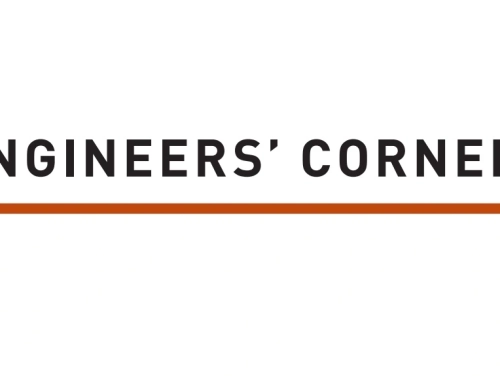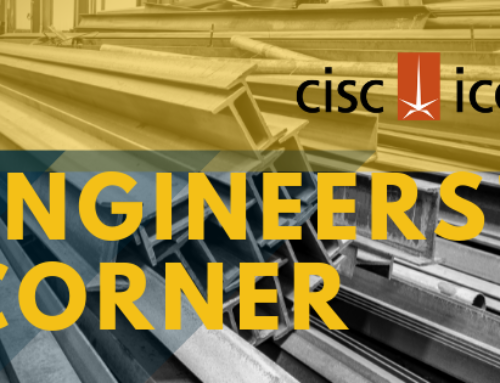More and more components in steel structures are lending themselves to steel castings, simply due to the numerous benefits offered. Steel castings not only provide a seamless finish, ideal for architecturally exposed structural steel (AESS) applications, but the benefits from a structural design standpoint are also of value.
A cast steel node may be a junction whereby several structural members frame together at a single point. In a conventionally fabricated connection, the detail may involve significant welding which imparts residual stress concentrations in the connection. The connection designer must exercise care when detailing these connections, particularly for fatigue sensitive structures, whereby the connections are subjected to cyclic loading and susceptible to the formation and propagation of cracks during the structure’s design life. Cast steel nodes can provide significant fatigue resistance over fabricated connections, as the welded connections where stress concentrations are high are moved away and separated from the locations of abrupt change in geometry, where geometric stress concentrations also exist.
Not only can cast steel nodes be customized and shaped to offer favourable fatigue detailing which minimizes stress concentrations through a joint, but the chemistry and heat treatment of steel castings can be selected to provide notch toughness and resistance to brittle fracture. In high seismic zones or in the seismic retrofit of aging structures, engineers can also take advantage of steel castings. Being isotropic and customizable in nature, castings can provide hysteretic damping through yielding of cast steel components. Additionally, the geometric freedom offered by cast steel joints can also be leveraged by designers to eliminate shear lag effects in a connection, and improve stiffness while minimizing deflections and vibrations.
Steel castings not only provide enhanced architectural appeal, structural performance and quality, but may also be associated with improved economy. Although castings are perceived as being more expensive when compared to conventionally fabricated components, when all costs are considered, beyond just material and manufacturing costs, steel castings may prove to be the cheaper alternative. For instance, a steel casting may provide a significant savings in labour costs through eliminating the need to field weld a joint.
To better understand the numerous benefits offered by steel castings please review the following Advantage Steel magazine articles available at the following links:
- “Steel Castings for Innovative Steel Construction: Addressing Engineering Challenges with Castings” by Carlos de Oliveira & Michael Gray, Advantage Steel, CISC, Issue No. 52, Summer 2015.
- “Supporting the Queen Richmond Centre West” by Charlie Jenks, Advantage Steel, CISC, Issue No. 55, Summer 2016.







